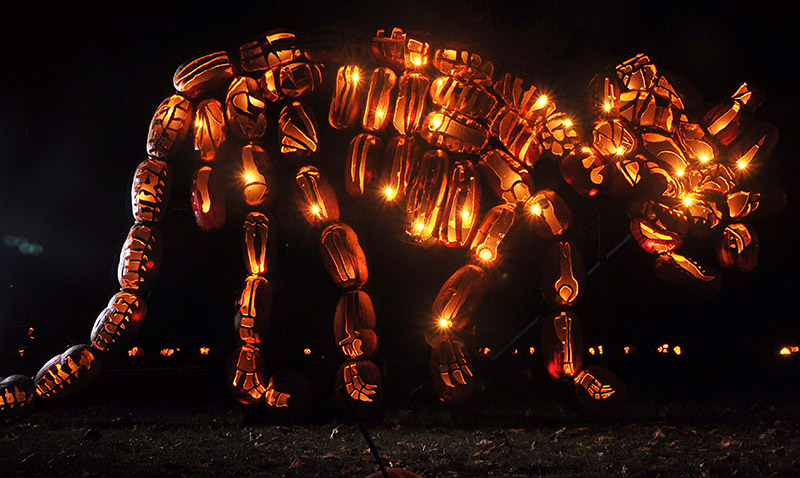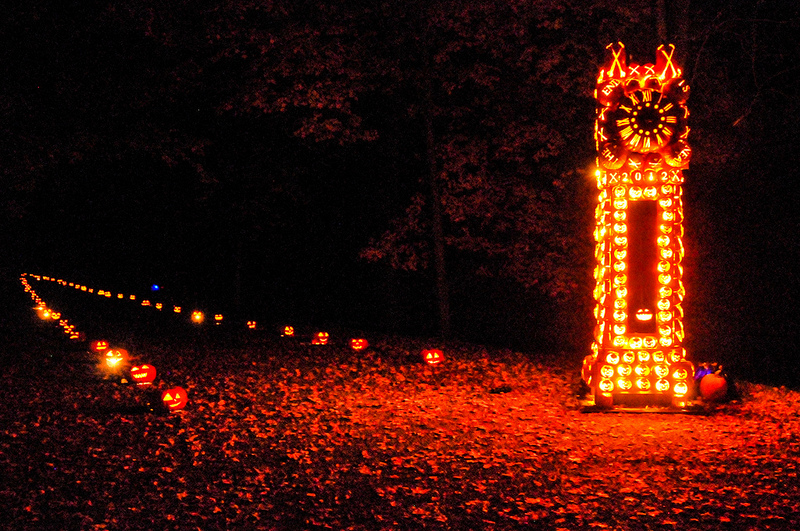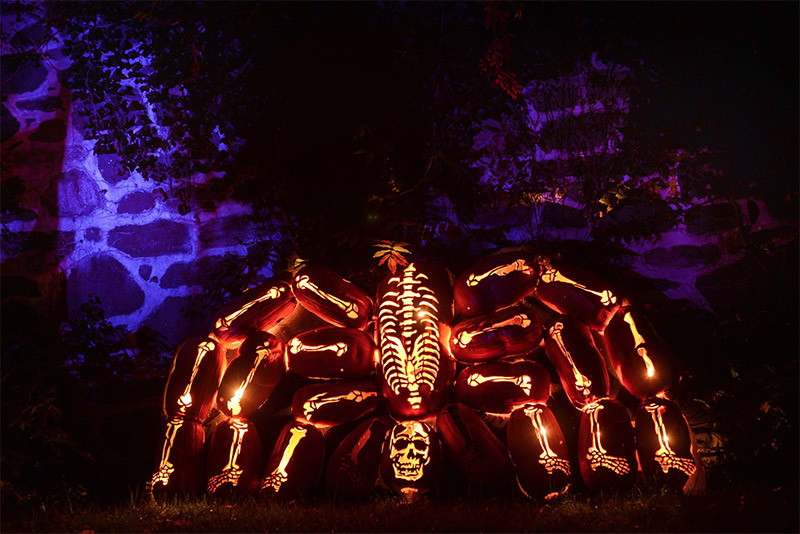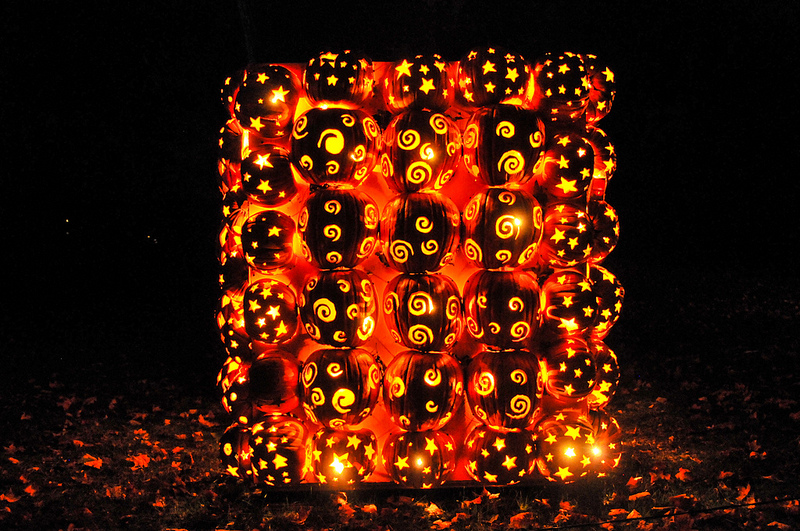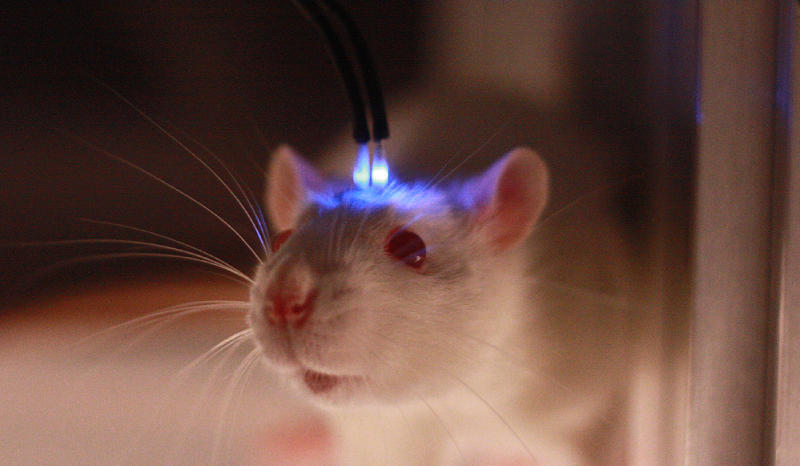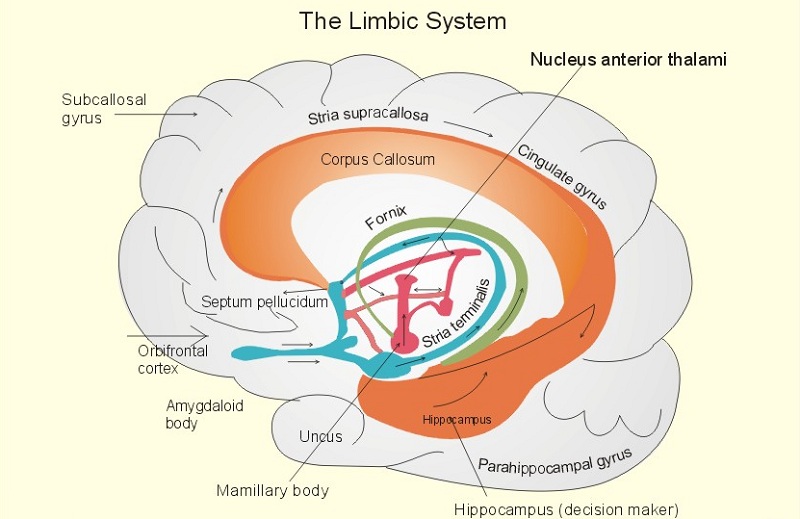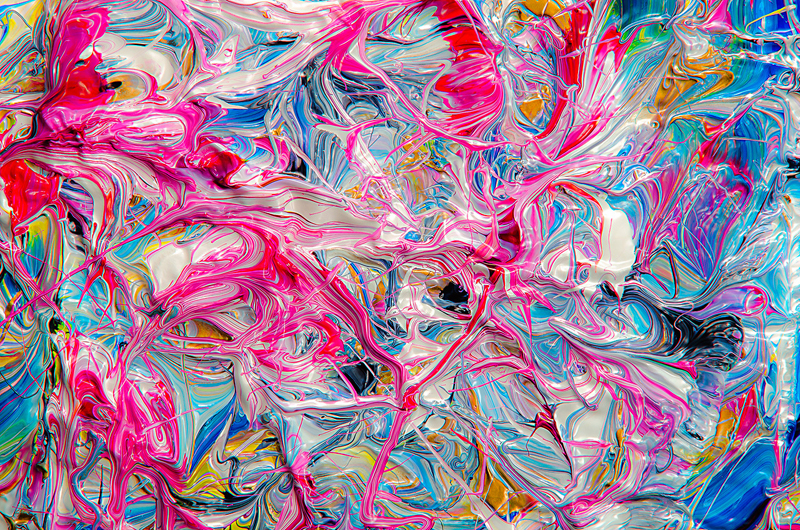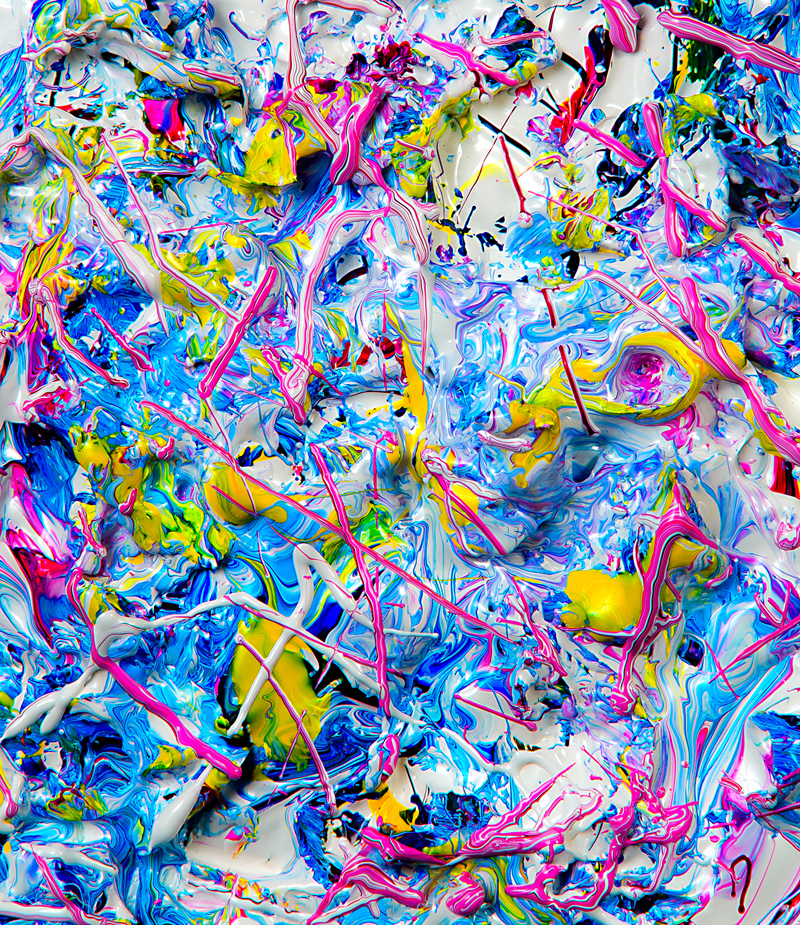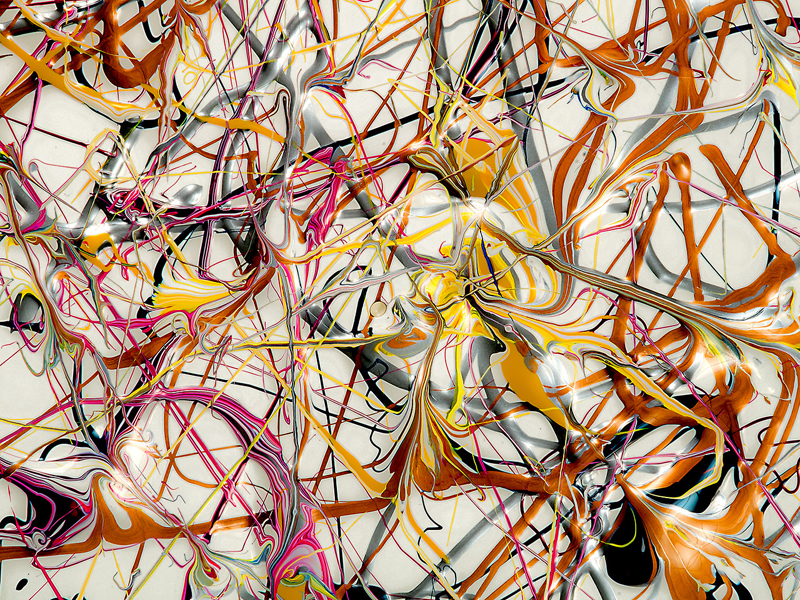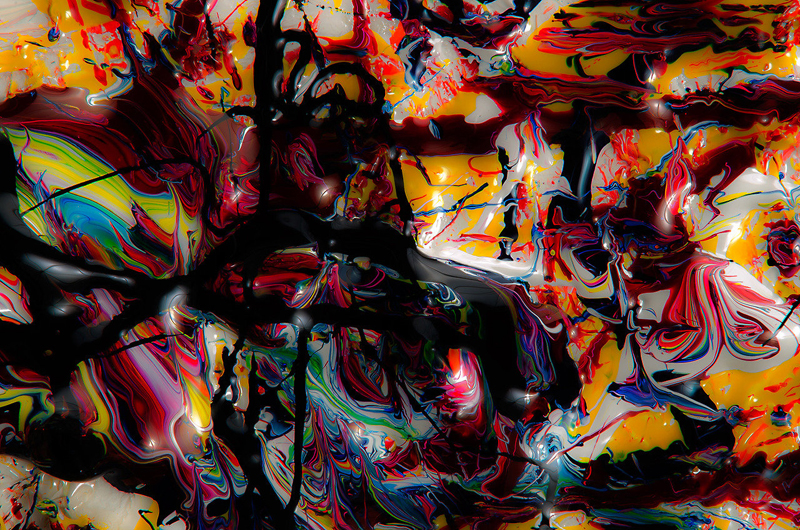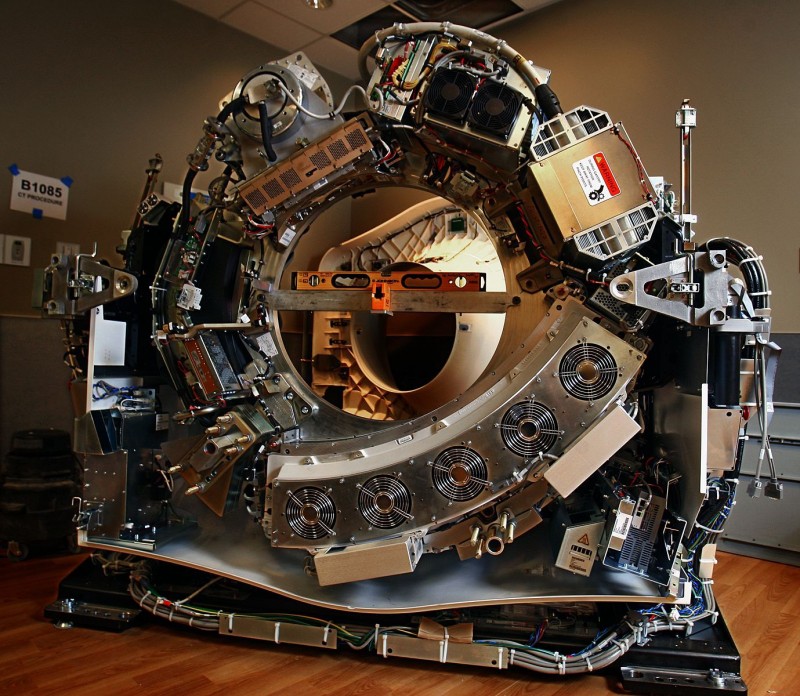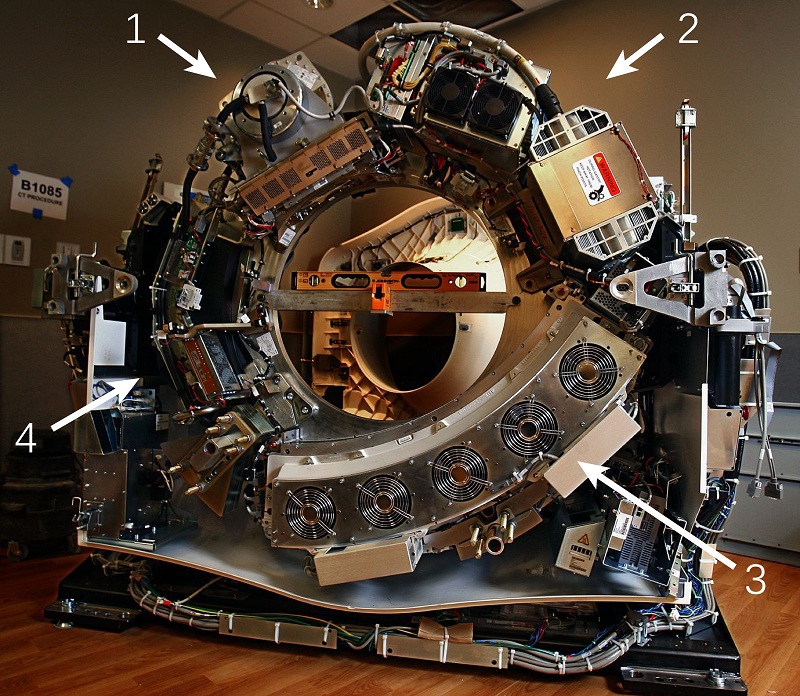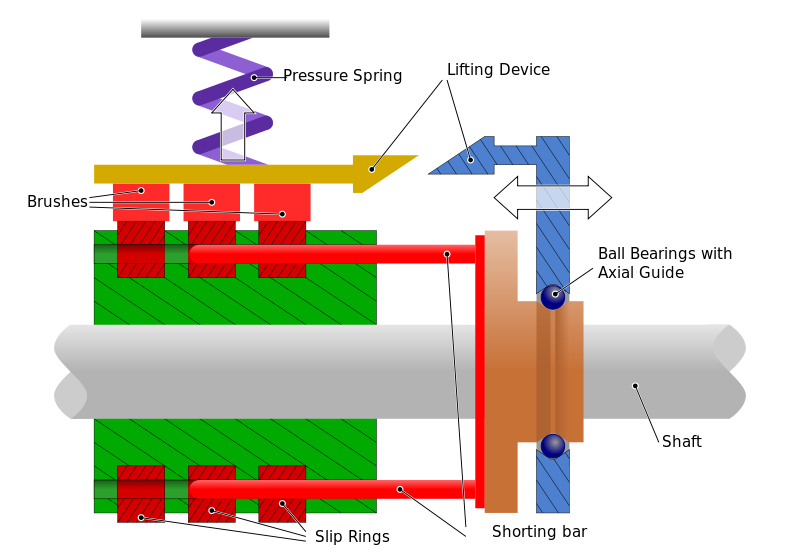The Great Jack O’Lantern Blaze is a month-long Halloween festival held every year at the Van Cortlandt Manor near New York City. The event features over 5,000 hand-carved pumpkins crafted into a variety of incredible designs.
Here’s a word from the organizers:
“Stroll through the Tunnel O’ Pumpkin Love and witness the incredible sight of gourd-filled Jack-in-the-Boxes springing up and bouncing around. See slithering ground snakes, a giant spider web, and go gaga over a collection of shrunken Little Monsters. Gaze in amazement at a towering pumpkin bonfire and a working doomsday grandfather clock.
A giant sea serpent adds some hiss to the Undersea Aquarium while comical, squash-eating Venus pumpkin traps sprout in the garden. New dinosaur additions this year to Blaze’s perennially popular Jurassic Park include a pterodactyl and a brontosaurus.”
The sculptures are pretty amazing, so I would definitely try to check it out next year if you live in the area. Unfortunately, all of this year’s tickets have been sold out! However, you can see a whole lot more images on flickr.
-RSB
[via Colossal]


